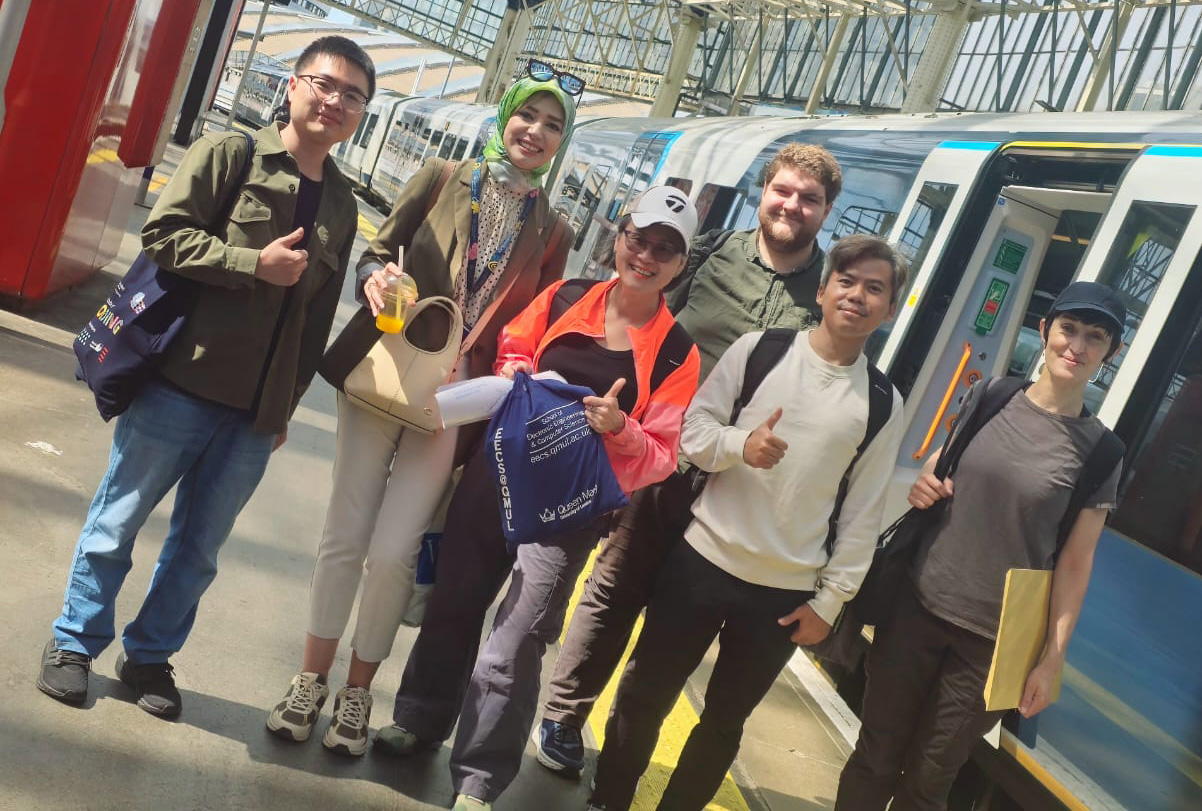Field-Trip to Alice Holt Forest with EECS PhD students, Dr. Anna Xambo and Melissa Yeo
From left-right, Xiangyan Chen, Sofia Zahri, Melissa Yeo, Daniel Allan Gill, Yuli Sutoto Nugroho, and Anna Xambó.
We visited Alice Holt Forest on Friday, 4th July 2025, as part of a field-trip funded by the ‘Sensing the Forest’ research project, an interdisciplinary exploration blending art and science to raise awareness of climate change and forest behaviour through immersive sound installations, led by Dr. Anna Xambó Sedó.
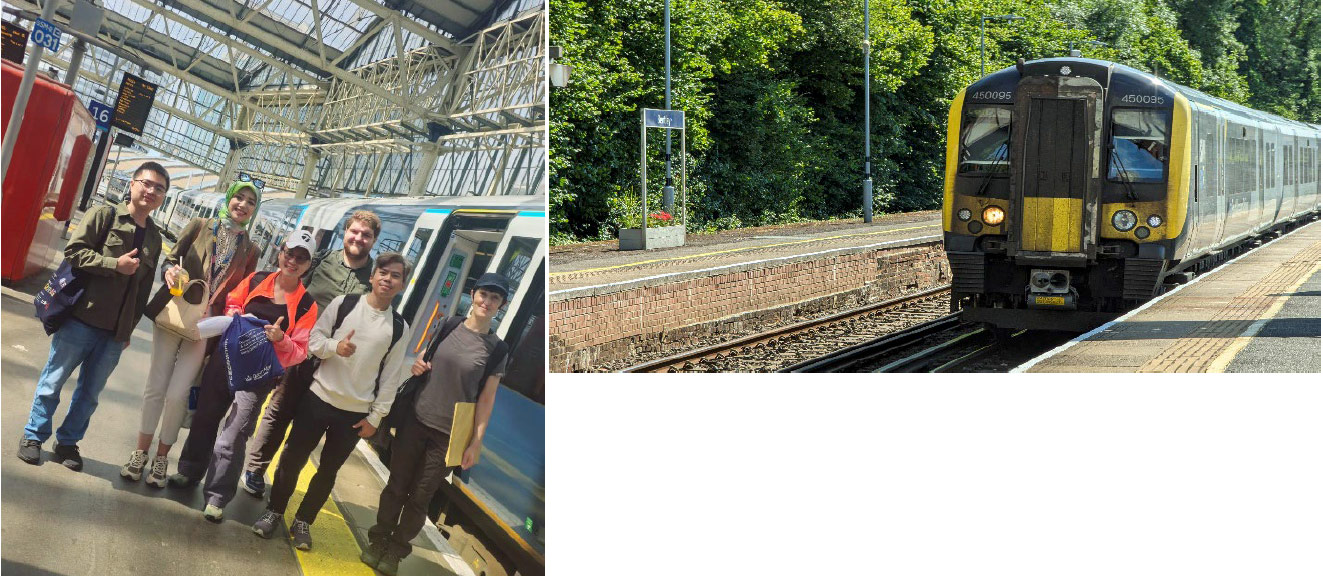
We took the train from London Waterloo to Bentley, followed by a 40-minute walk through the forest to reach the main entrance of Alice Holt Forest. The experience was truly unique and breathtaking. Walking under the gentle breeze and warm sunshine, surrounded by towering trees, was magnificent; it felt both peaceful and invigorating.
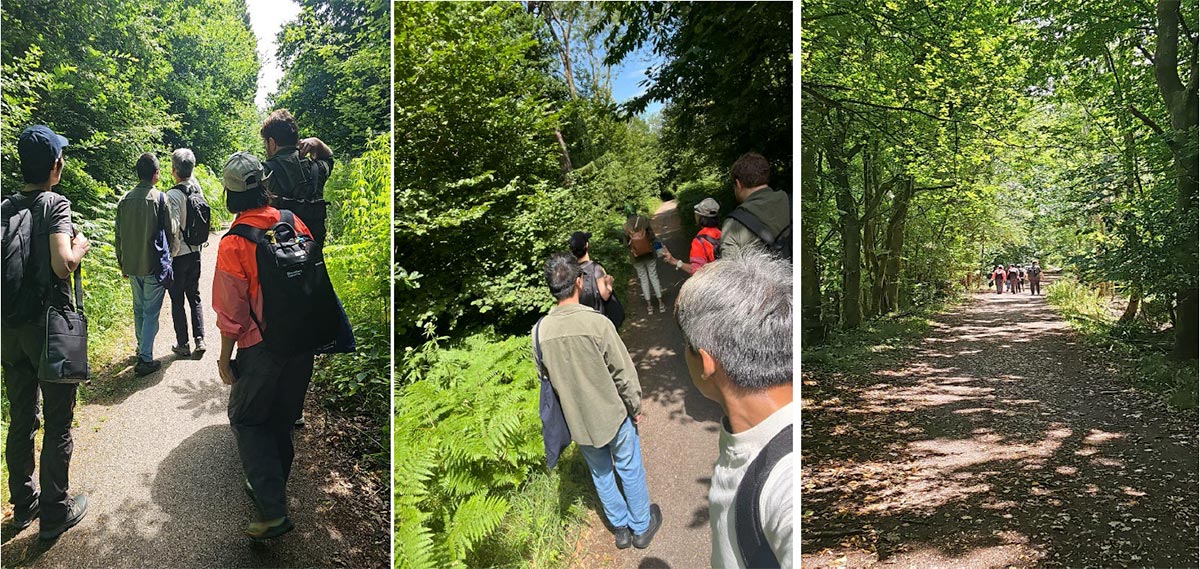
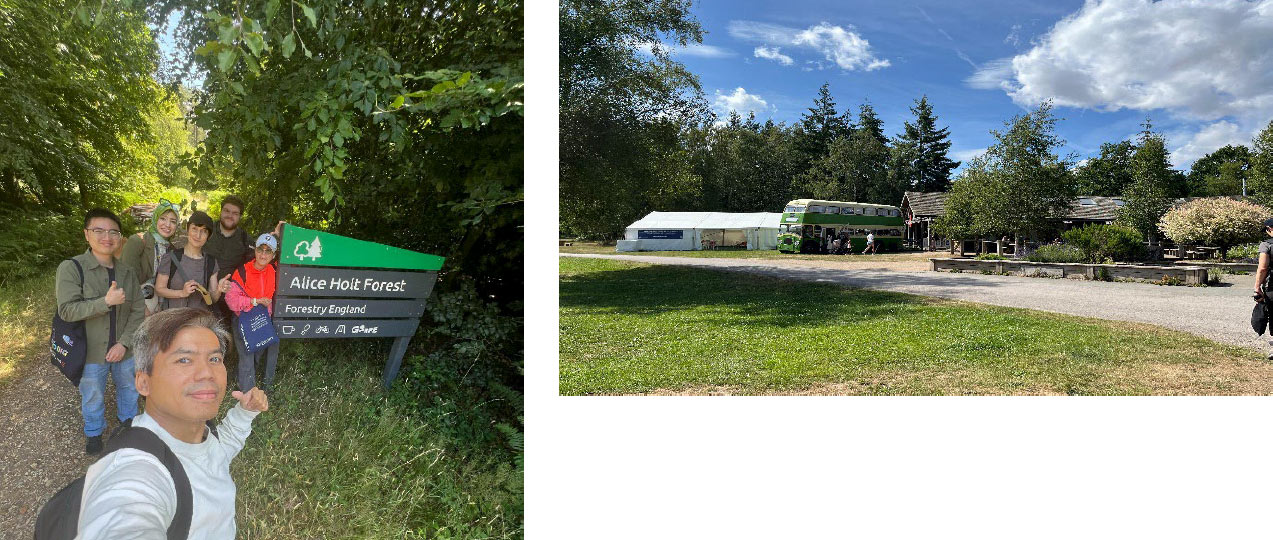
Once we reached the main reception and entrance of the Alice Holt Forest, we went straight to take lunch with all four of us EECS PhD students and the Postgraduate Research Student Coordinator, Melissa Yeo.
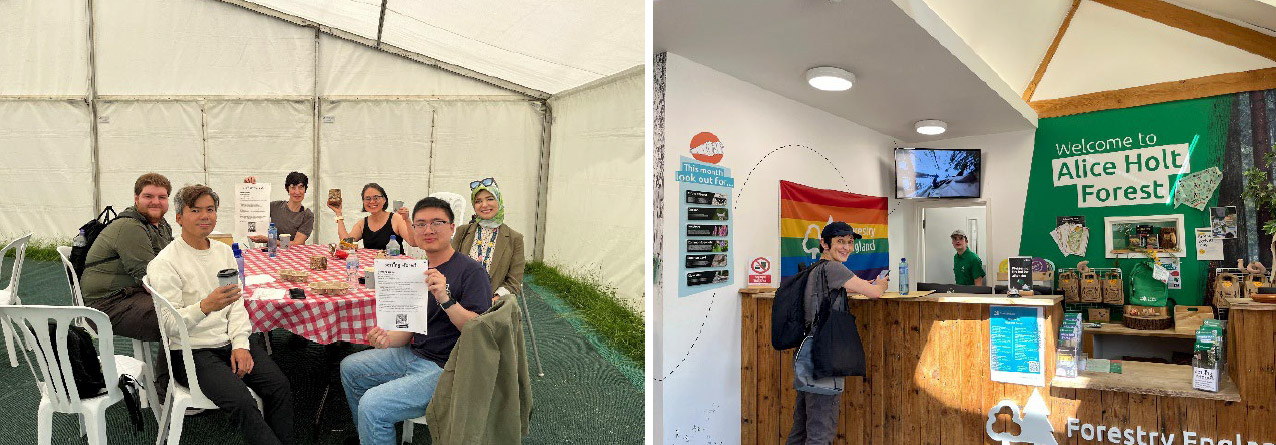
Dr. Anna kindly picked up leaflets and maps from the reception and had thoughtfully arranged lunch for each of us in advance, based on the preferences we had shared over email. We sat together under a gazebo open to the forest, engaging in an open conversation about our research, our interests, and life in general. After lunch, Anna treated us to coffee and ice cream before we set off to visit the Sensing the forest project installations.
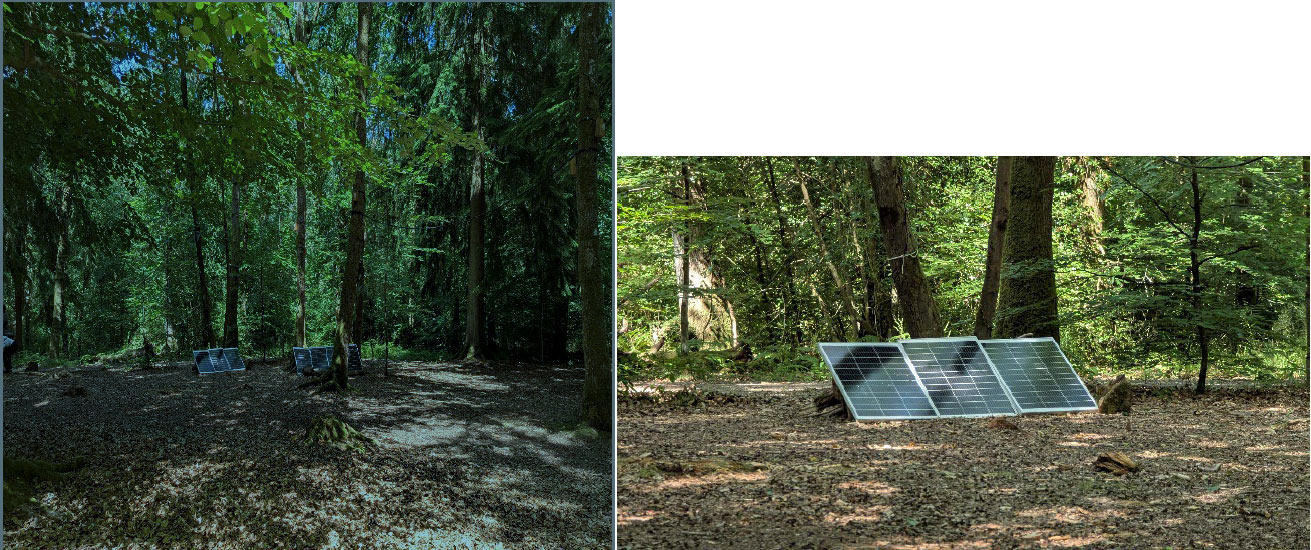
The sonic forest installations were located just a five-minute walk from the main entrance of Alice Holt Forest. As we approached, we were captivated by the beauty of the Dendrophone devices attached to the trees and the solar panels quietly integrated into the landscape.
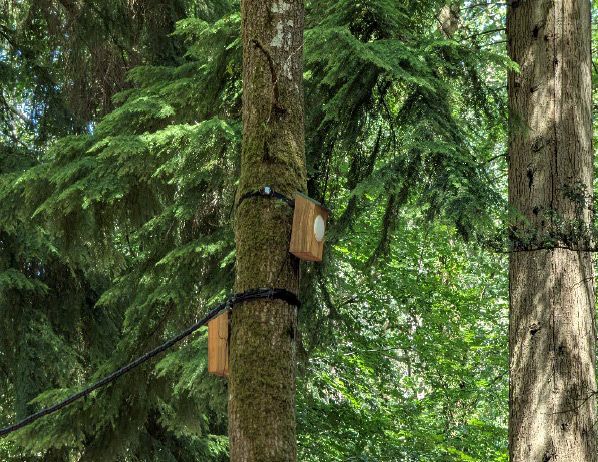
We began by installing the new A3 poster, as recommended by Dr. Peter Batchelor. Yuli Sutoto Nugroho, a PhD student in the Centre for Advanced Robotics (ARQ), demonstrated impressive skill in tying the poster to the tree. Meanwhile, Melissa joyfully embraced the trees.
Once the poster was in place, each one of us chose a tree to connect with and listen to it through the Dendrophone setup.

Daniel Gill, a PhD student in the Cognitive Science research group (CogSci), lay beneath a tree, writing down his thoughts, ideas, and emotions as he immersed himself in the experience.
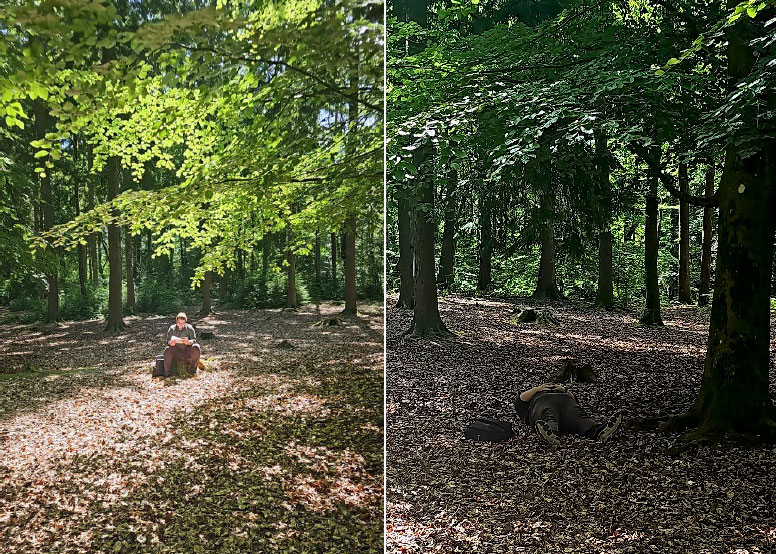
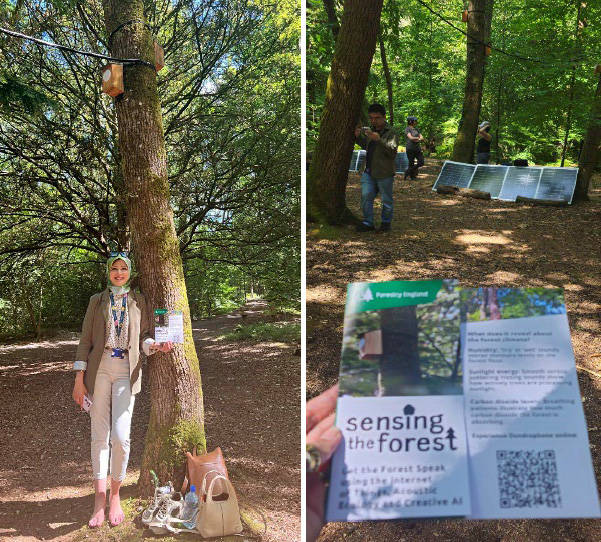
These installations transformed invisible ecological signals, like light, humidity, and carbon into sound, offering a powerful art-meets-science experience that helped reveal how forests respond to and reflect climate change.
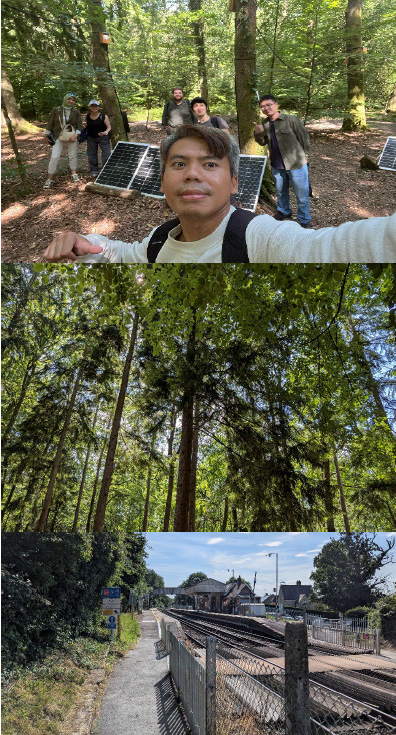
This experience was truly breathtaking, a rare and powerful reminder of the depth of human-environment connection. As a believer, I found profound meaning in the long, steady breathing of the tree I stood beneath. Listening to it through the Dendrophone brought tears to my eyes. In that moment, the tree no longer felt like a passive part of the landscape; it became a sentient, living being, and I was overwhelmed by the beauty of its silent wisdom.
We often become consumed by our daily routines, forgetting to notice the quiet life surrounding us, life that breathes, listens, and waits for us to reconnect.
As time passes, we often lose touch with the profound connection between nature and our inner selves. This experience reminded me just how essential it is to nurture not only the bond with the environment but also with the natural rhythms that shape our lives. The sound of birds calling from the canopy, the soft breeze brushing our skin, the sunlight warming our faces, and the quiet breath of the trees all came together as a living reminder of life’s beauty. It made me realise how far we’ve drifted from our roots, and how vital it is to pause, listen, and return.
We took the train back to London Waterloo, though our bodies returned to London, our hearts remained in Alice Holt Forest; each of us silently held onto the memory of our chosen tree. This blog captures our field-trip experience through photos and reflections, as part of our contribution to the Sensing the Forest project. The pictures included here were taken by each of us and later shared in a group drive so we could remember and reflect together. It is also a response to the invitation to listen more deeply to what the forest says when we choose to hear it, a reminder that through the union of art and science, we can raise awareness of climate change and reconnect with the wisdom of nature.
